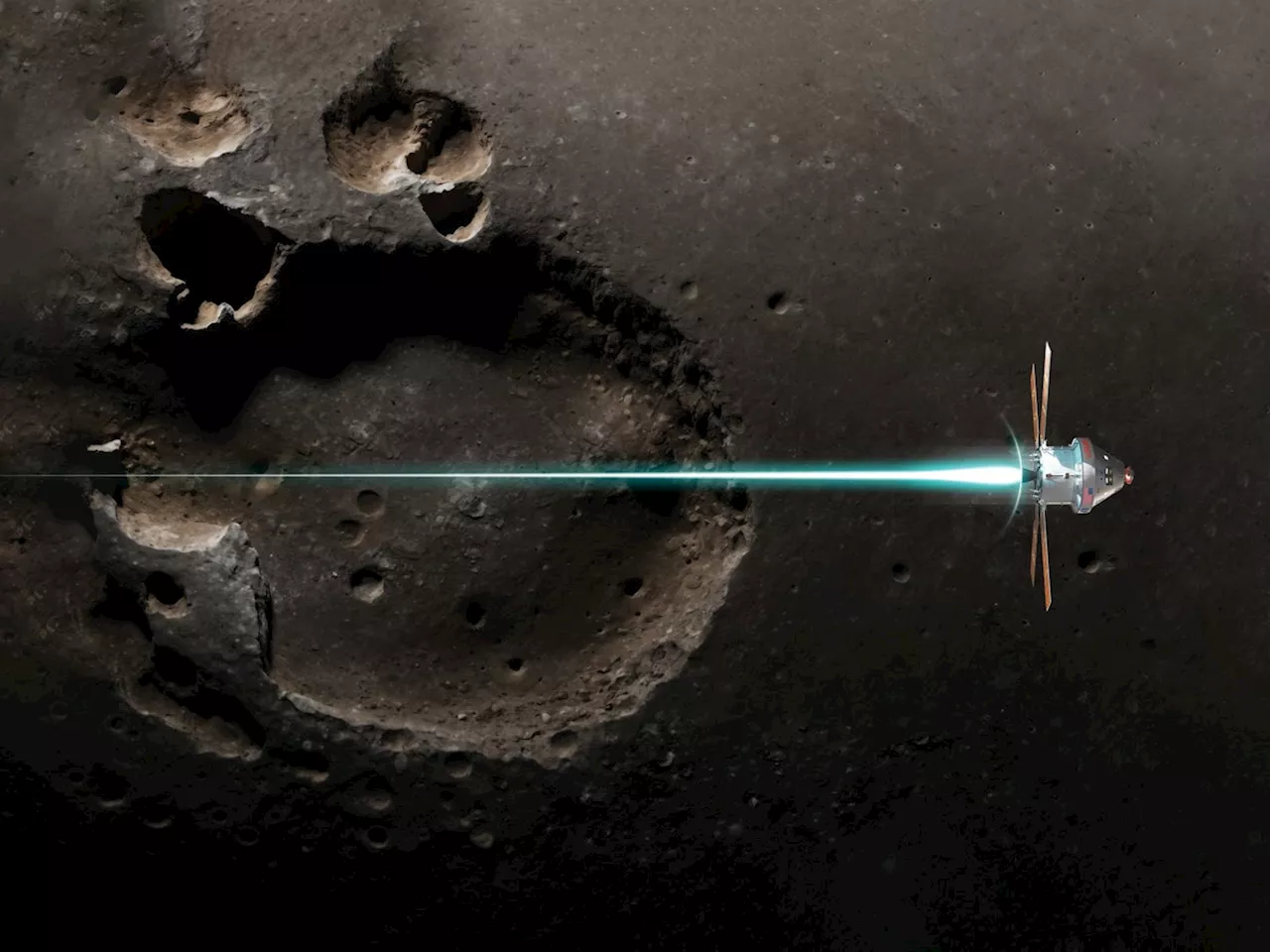NASA's Artemis moon program faces challenges the Apollo missions never did
NASA and its partners plan to send astronauts back to the moon on the Artemis II mission scheduled for 2025.hen the Apollo 17 astronauts returned from the moon in 1972, they couldn’t have known that they would be the last humans to travel deep into outer space for more than 50 years. But no astronauts have ventured beyond Earth orbit since, even as Presidents George W. Bush, Barack Obama, Donald Trump and Joe Biden have all planned lunar missions.
Artemis is expensive, but Apollo was exorbitant: the program cost around $290 billion in today’s dollars, according to the Planetary Society, compared with Artemis’s $93 billion. In those years NASA was often blessed with 4 percent of the nation’s budget. Today it’s lucky to get around 1 percent, with the additional burden of many other spacecraft, telescopes and research projects beyond human spaceflight to fund.
That’s a more nebulous goal than winning a race. “If there were nice, sharply defined motivations, things would be a lot simpler,” Logsdon says. But working with other countries, several of whom are building hardware for Artemis, takes longer than going it alone—just as doing a group project can grate more than simply pulling a solo all-nighter.
Northrop Grumman, meanwhile, handles the rocket boosters, which are strapped onto the sides of the core stage. These give SLS more than 75 percent of its oomph at launch. Much of the boosters’ engineering hails from the space shuttle program, and in some cases. These boosters, like missiles, use solid rocket fuel rather than liquid.
The Artemis engines will also experience a more irradiated environment going to the moon than they did in orbit on the shuttle. Dealing with that change involved tinkering with the computer that lives on each engine, which Lauer calls its “brain.” Those brains also needed a modernization, as computers are much different than in the 1990s . The new and improved brains can monitor the engines—including during an impending disaster.
Back then, the powers that be were also ignorant of some of the risks we now know exist, space being a new frontier at the time. Astronauts hailed from that “right stuff” mold of old. “Astronauts rode motorcycles and drove fast cars,” Kahn says, in addition to being test pilots. Today a wider variety of people go into space for a larger number of reasons. “Astronauts are not some separate species,” Pace says. Perhaps, then, we value their lives more like we value our own.
United States Latest News, United States Headlines
Similar News:You can also read news stories similar to this one that we have collected from other news sources.
 Shawn Mendes' Smoldering Twitter ComebackWhy, why, why would you post that picture, Shawn?
Shawn Mendes' Smoldering Twitter ComebackWhy, why, why would you post that picture, Shawn?
Read more »
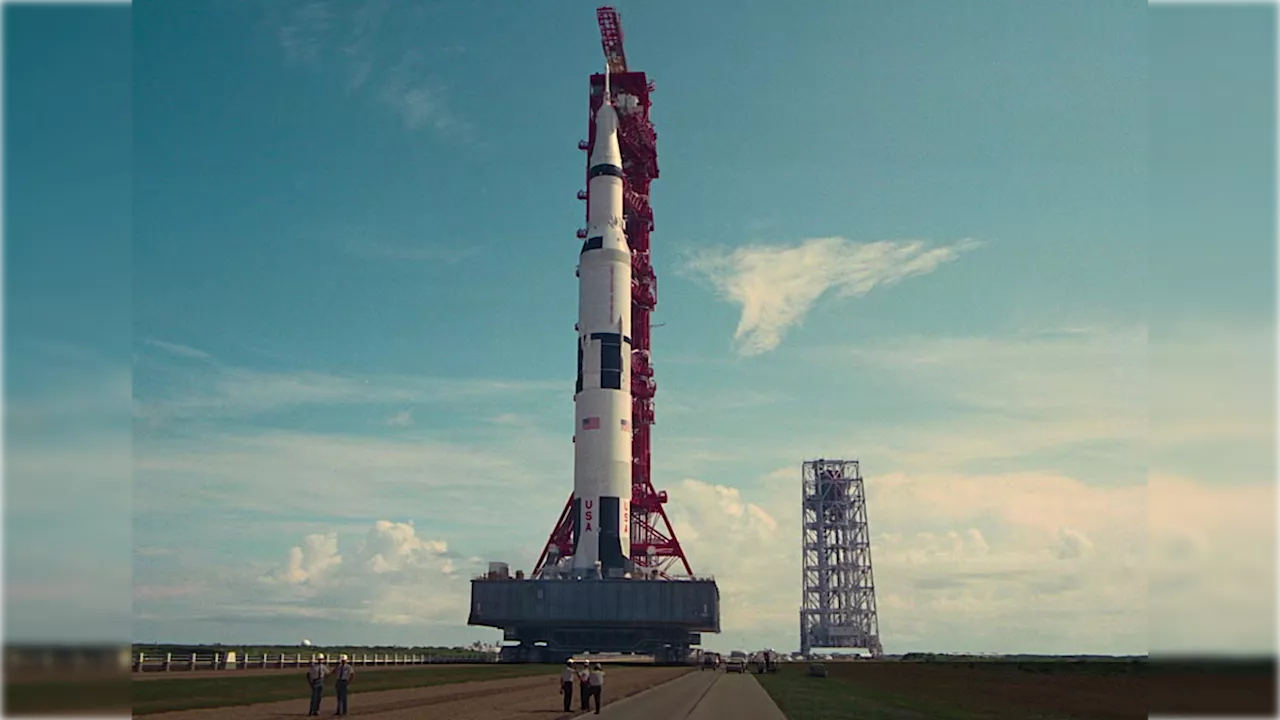 Netflix's 'Apollo 13: Survival' is a superb examination of NASA's finest hour (review)Jeff Spry is an award-winning screenwriter and veteran freelance journalist covering TV, movies, video games, books, and comics. His work has appeared at SYFY Wire, Inverse, Collider, Bleeding Cool and elsewhere.
Netflix's 'Apollo 13: Survival' is a superb examination of NASA's finest hour (review)Jeff Spry is an award-winning screenwriter and veteran freelance journalist covering TV, movies, video games, books, and comics. His work has appeared at SYFY Wire, Inverse, Collider, Bleeding Cool and elsewhere.
Read more »
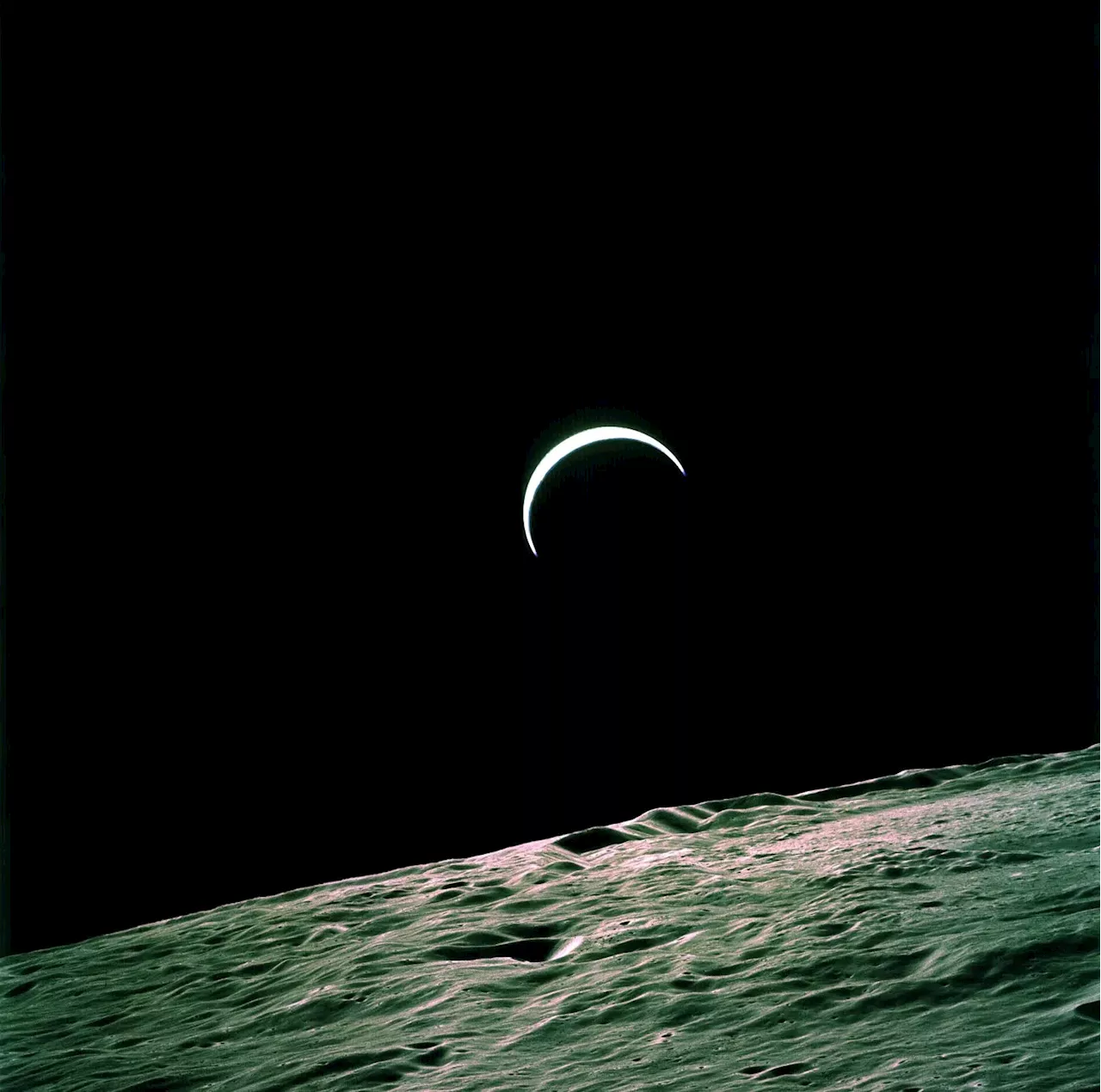 NASA’s Apollo 15 Captures Earth’s Crest Over the Lunar HorizonScience, Space and Technology News 2024
NASA’s Apollo 15 Captures Earth’s Crest Over the Lunar HorizonScience, Space and Technology News 2024
Read more »
 NASA MINDS FAQ - NASACheck back soon for updated frequently asked questions.
NASA MINDS FAQ - NASACheck back soon for updated frequently asked questions.
Read more »
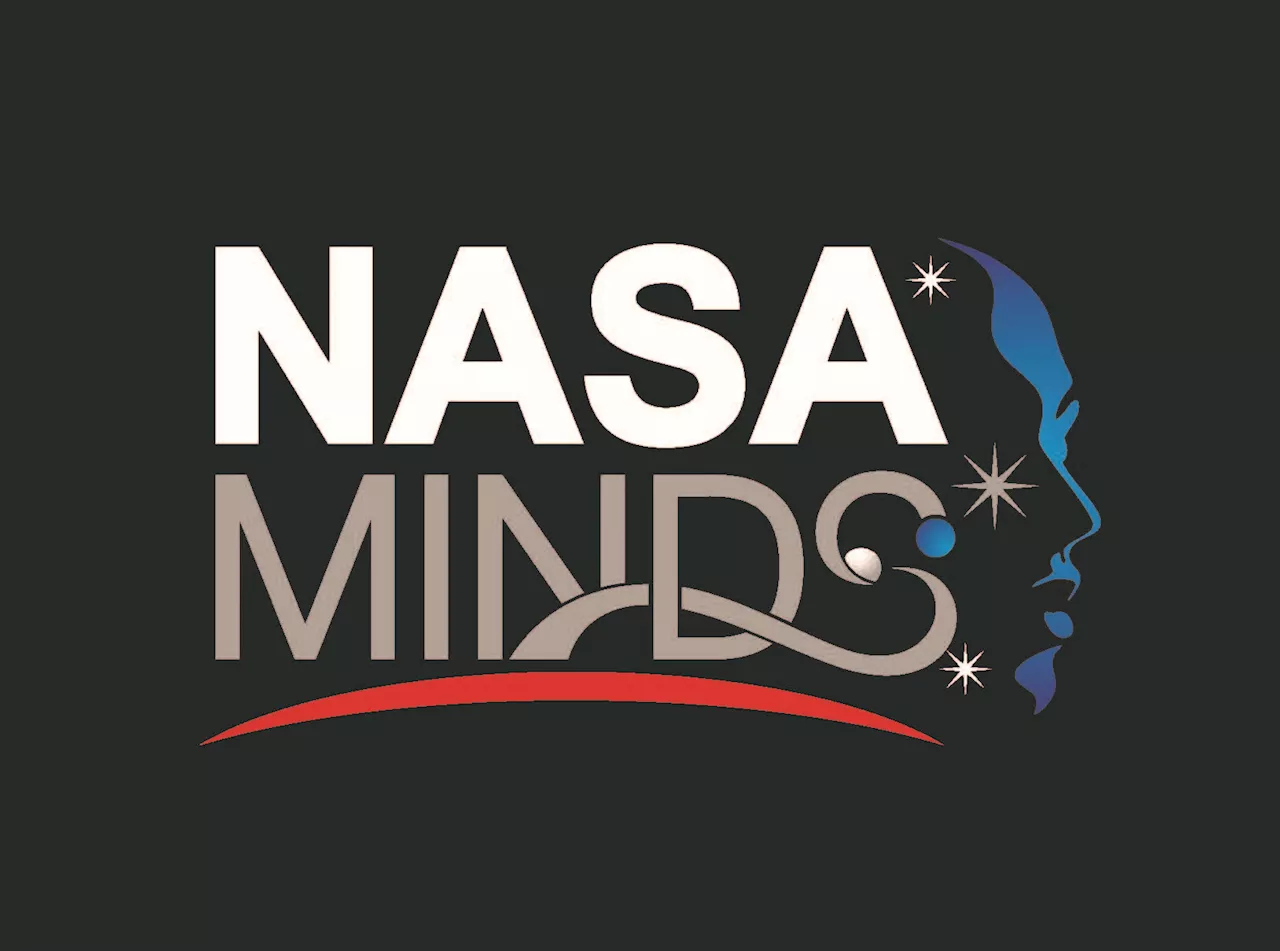 About NASA MINDS - NASANASA Minority University Research and Education Project (MUREP) Innovative New Designs for Space (INDS) (NASA MINDS) is a multi-semester undergraduate level
About NASA MINDS - NASANASA Minority University Research and Education Project (MUREP) Innovative New Designs for Space (INDS) (NASA MINDS) is a multi-semester undergraduate level
Read more »
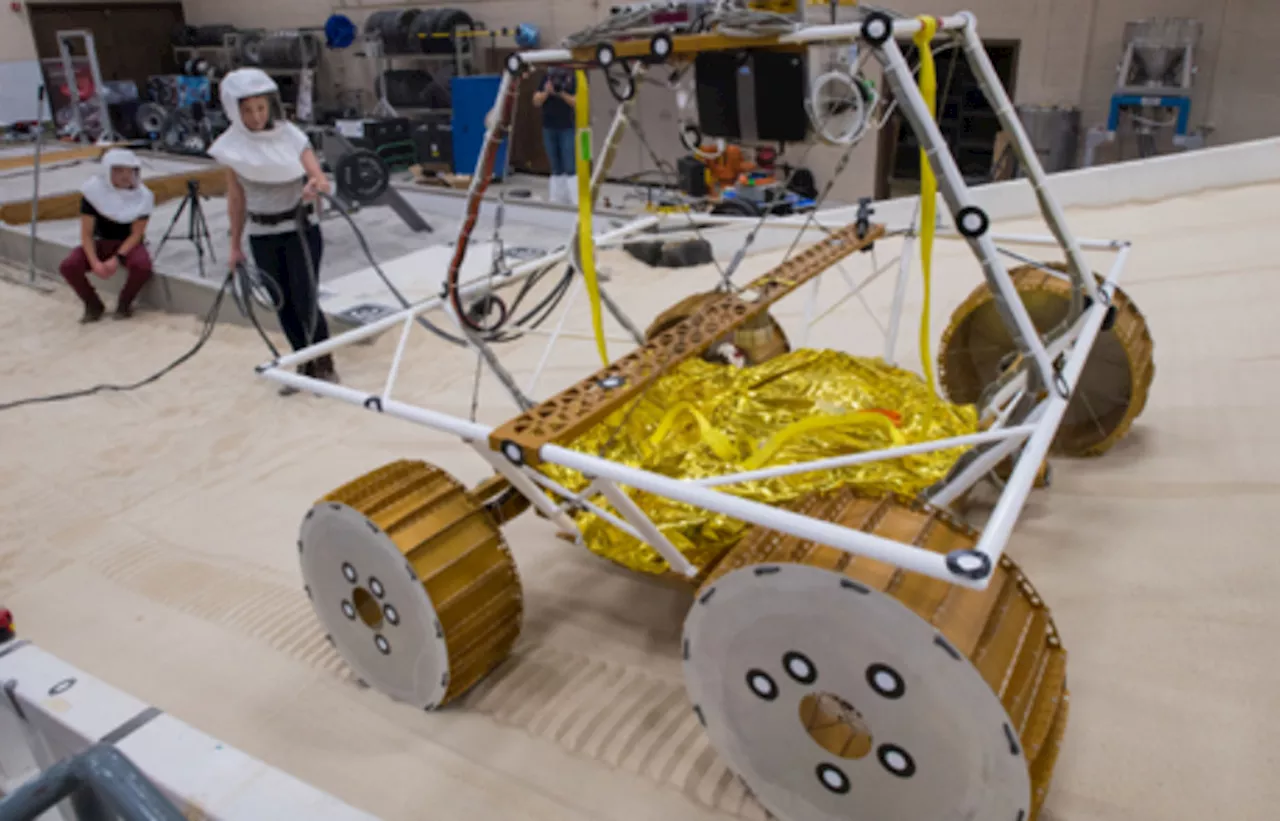 NASA MINDS FAQ - NASACheck back soon for updated frequently asked questions.
NASA MINDS FAQ - NASACheck back soon for updated frequently asked questions.
Read more »
